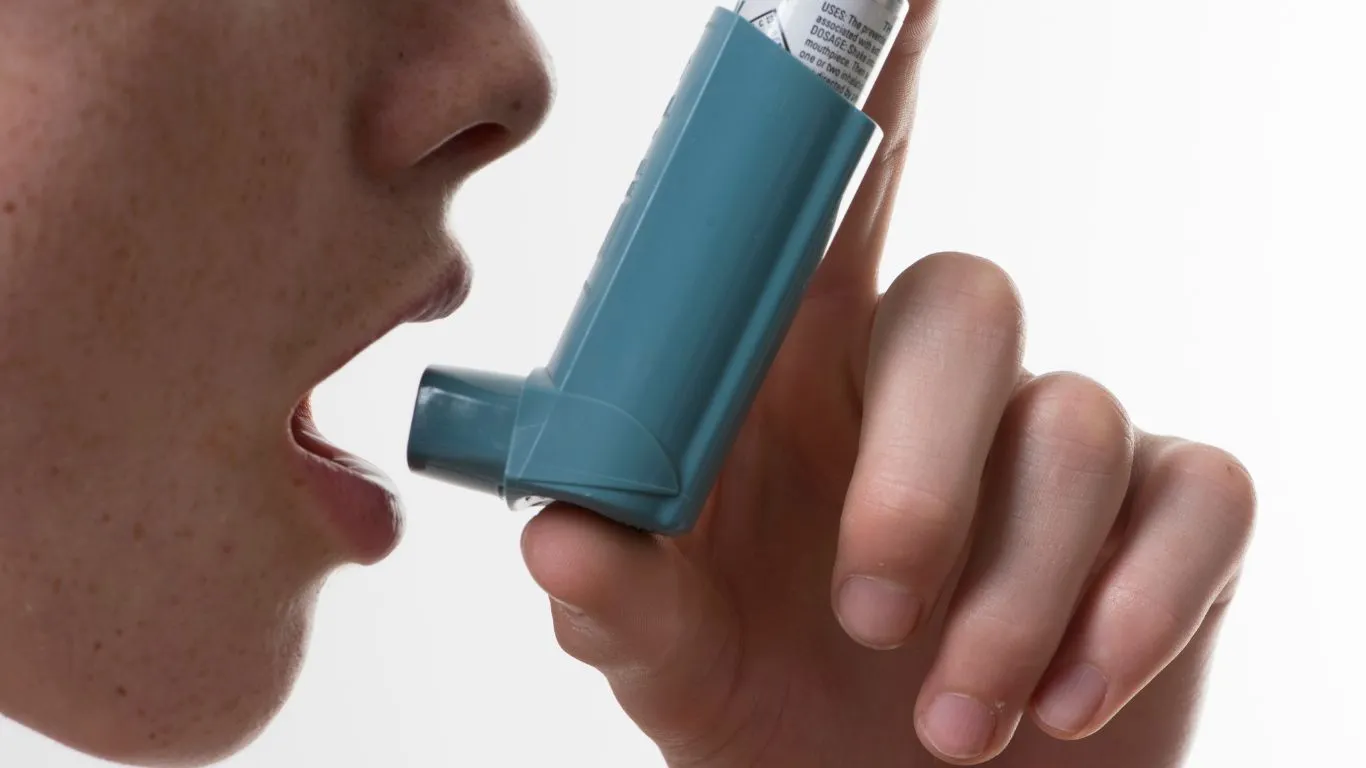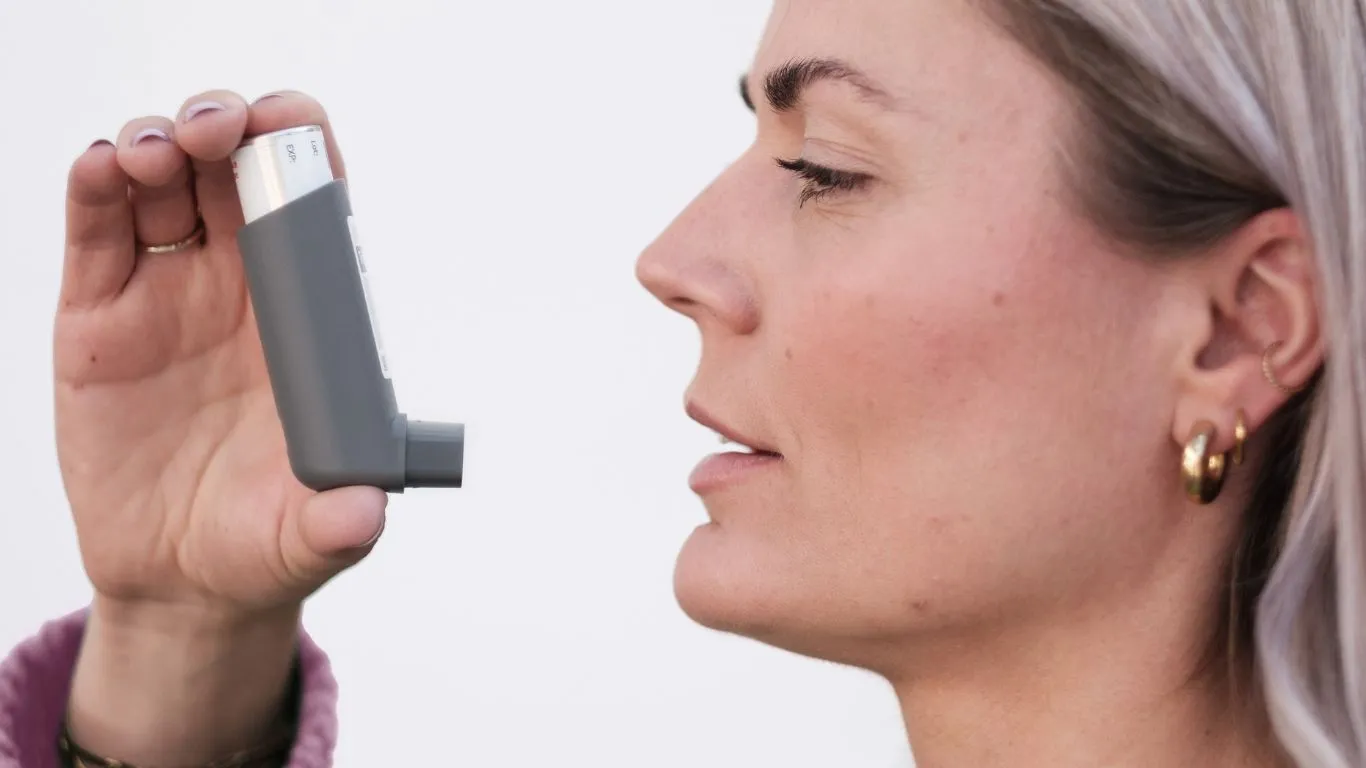Discover the Best Non-Toxic Mattresses for Asthma Sufferers Today
Finding the best non-toxic mattresses for asthma sufferers can feel like navigating a maze—especially when you’re constantly worried about triggers that might worsen your breathing. As a pulmonary nurse practitioner, I’ve seen firsthand how sensitive lungs react not just to pollen or smoke, but also to everyday household items, including mattresses. Many folks don’t realize that conventional mattresses often harbor chemicals and allergens that can irritate asthma symptoms. So, if you’re on a mission to get a good night’s sleep without sacrificing your respiratory health, this guide is for you.
Why Choosing a Non-Toxic Mattress Matters for Asthma

From my years working with patients who struggle with asthma, one thing stands out clearly: the environment where you sleep is crucial. Your mattress isn’t just a place to rest—it’s a long-term exposure zone where dust mites, volatile organic compounds (VOCs), and chemical flame retardants can quietly worsen asthma symptoms over time.
Conventional mattresses are often made with synthetic materials, adhesives, and fire retardants that emit VOCs. These are gases released from certain solids or liquids that may cause respiratory irritation and inflammation—both big no-nos if you’re managing asthma.
On top of that, dust mites thrive in traditional mattress fibers and can be a relentless trigger for asthma attacks. This is why non-toxic mattresses have become a popular option among those who want to protect their lungs and breathe easier at night.
Common Hidden Asthma Triggers in Mattresses
- Volatile Organic Compounds (VOCs): These chemicals can cause throat irritation and worsen asthma symptoms.
- Flame Retardants: Used in many mattresses, but linked to respiratory problems and hormonal disruption.
- Dust Mites and Allergens: Thrive in synthetic materials and untreated fibers.
- Mold and Mildew: Can develop in mattresses that retain moisture, aggravating asthma.
In my clinical experience, patients who switched to organic or non-toxic mattresses reported a noticeable reduction in nighttime coughing and wheezing. While it’s not a cure-all, eliminating mattress-related triggers can definitely ease the burden on your lungs.
What Makes a Mattress Truly Non-Toxic for Asthma Sufferers?

Understanding what goes into your mattress is key when looking for the best non-toxic mattresses for asthma sufferers. Here are some important qualities to look out for:
Natural and Organic Materials
Mattresses made from 100% organic cotton, wool, or natural latex tend to have fewer chemicals and irritants. Organic cotton is breathable and naturally resistant to dust mites, while wool acts as a natural flame retardant without the need for added chemicals.
Certifications That Matter
Look for certifications like GOTS (Global Organic Textile Standard), OEKO-TEX, or GREENGUARD Gold. These labels indicate that the mattress has been tested for harmful substances and meets strict safety standards—something I always recommend to patients who want peace of mind.
Hypoallergenic Properties
Choosing a mattress with hypoallergenic features can help minimize exposure to dust mites and allergens. Natural latex mattresses are particularly good at resisting dust mites due to their dense structure.
Breathability and Moisture Control
Mattresses that allow airflow and wick away moisture help prevent mold growth—a common asthma trigger. Organic wool and cotton excel in this department, keeping your sleeping environment fresh and dry.
When I talk with patients about mattress options, I always stress the importance of a mattress that supports both their respiratory health and comfort. After all, restful sleep is a cornerstone of managing chronic conditions like asthma.
Top Types of Non-Toxic Mattresses for Asthma Sufferers

Picking out a mattress can feel overwhelming, especially when you’re focused on finding the best non-toxic mattresses for asthma sufferers. From my years working alongside respiratory patients, I’ve seen which materials and mattress types tend to offer the best balance of comfort and safety. Let me walk you through some of the top contenders.
1. Organic Latex Mattresses
One of my go-to recommendations for patients with asthma is an organic latex mattress. These mattresses are crafted from natural latex harvested from rubber trees, without the use of harsh chemicals or synthetic foams. The benefits here are twofold:
- Natural Resistance: Latex naturally resists dust mites, mold, and mildew, which are some of the biggest asthma triggers lurking in bedding.
- Durability and Comfort: They offer excellent support and bounce, helping reduce pressure points without compromising airflow.
From personal experience, patients often notice improved sleep quality after switching to organic latex—breathing easier through the night without waking up coughing.
2. Organic Cotton Mattresses
Another favorite, especially for those on a tighter budget, is mattresses made with 100% organic cotton. Cotton is breathable and hypoallergenic, making it less likely to harbor dust mites. Plus, organic cotton means fewer pesticides and chemicals in your sleep environment.
That said, cotton mattresses tend to be softer and may not provide as much support as latex or hybrid options. I usually suggest pairing them with a solid organic latex topper for better spine alignment if support is a concern.
3. Wool Mattresses or Wool-Enhanced Mattresses
Wool is a natural flame retardant and excellent at regulating moisture, so mattresses incorporating wool layers can be a solid choice. This is especially important because moisture buildup can promote mold growth, another asthma culprit. Wool also has natural antimicrobial properties, which helps keep allergens at bay.
Personally, I’ve seen patients with severe asthma find relief after switching to wool-enhanced mattresses, as the combination of moisture control and allergen resistance creates a friendlier environment for sensitive lungs.
4. Hybrid Non-Toxic Mattresses
Hybrid mattresses combine different natural materials—like organic latex, cotton, and wool—with supportive innersprings. These options are great for those who want the best of both worlds: the comfort and breathability of natural fibers with the support of coils.
When searching for hybrids, make sure every layer is certified non-toxic and free from flame retardants and synthetic foams. Patients often appreciate hybrids for the customized feel and durability.
What to Avoid When Shopping for a Mattress with Asthma in Mind

While it’s easy to focus on what to buy, knowing what to steer clear of is equally crucial. From my clinical practice, I’ve encountered many asthma sufferers who unknowingly brought harmful materials into their homes. Here’s what I advise avoiding:
1. Synthetic Memory Foam Mattresses
Memory foam is popular for comfort, but many traditional memory foam mattresses emit VOCs for months after unpacking. These fumes can trigger respiratory irritation and worsen asthma symptoms. Plus, memory foam tends to trap heat and moisture, creating an inviting home for dust mites and mold.
2. Mattresses Treated with Chemical Flame Retardants
These chemicals might sound necessary for safety, but they have been linked to asthma exacerbations, hormone disruption, and other health issues. Some manufacturers now use natural flame retardants like wool or silica, so always check labels and certifications.
3. Cheap Mattresses Without Certifications
Mattresses with no safety or organic certifications are risky bets. They might contain unknown chemicals or allergens that can silently affect your lungs over time. I always tell patients to invest wisely—your mattress is an investment in your health.
How to Maintain Your Mattress to Keep Asthma Symptoms at Bay

Choosing the right mattress is just the beginning. Keeping it clean and well-maintained is just as important to prevent asthma triggers from settling in. Here are some practical tips I share with patients:
- Use a Hypoallergenic Mattress Protector: This adds an extra layer of defense against dust mites, allergens, and spills.
- Wash Bedding Weekly: Regularly washing sheets, pillowcases, and mattress covers in hot water helps eliminate dust mites and allergens.
- Vacuum the Mattress Surface: Using a vacuum with a HEPA filter can remove dust and allergens without spreading them around.
- Avoid Moisture Build-Up: Keep your bedroom well-ventilated and control humidity levels to reduce mold risks.
- Rotate Your Mattress: Regular rotation helps prevent sagging and keeps the mattress comfortable and supportive.
In my nursing career, I’ve witnessed how small changes like these can make a noticeable difference in controlling asthma symptoms at home. Remember, the mattress is a long-term commitment, so caring for it properly goes a long way.
Tips for Selecting the Best Non-Toxic Mattress for Your Asthma Needs

Choosing the best non-toxic mattresses for asthma sufferers is more than just picking what looks comfortable or fits your budget. From my perspective as a pulmonary nurse practitioner, it’s about understanding your own asthma triggers, lifestyle, and priorities to make an informed choice that supports long-term lung health.
Understand Your Sensitivities
Before shopping, take a moment to think about your specific asthma triggers. Are you particularly sensitive to dust mites? Do chemical smells or off-gassing give you headaches or worsen your breathing? This self-awareness will guide you toward mattress types and materials that minimize exposure to those irritants.
Check Certifications Carefully
As I always tell my patients, certifications matter. Certifications like GOTS, OEKO-TEX, and GREENGUARD Gold aren’t just marketing jargon—they’re backed by third-party testing that verifies the absence of harmful chemicals. When mattress makers display these badges, it shows commitment to non-toxic, allergy-friendly manufacturing.
Consider Your Budget Without Sacrificing Quality
It’s tempting to go for the cheapest mattress out there, but with asthma, this is an area where investing a bit more pays dividends in health and comfort. However, “non-toxic” doesn’t always mean “expensive.” You can find affordable options made from organic cotton or wool that provide excellent asthma relief without breaking the bank.
Test Before You Buy
If possible, spend some time lying down on different mattresses in a store to see how they feel. Comfort is personal, and even the healthiest mattress won’t help if you toss and turn all night. If you buy online, look for brands with good return policies so you can test at home without risk.
Additional Lifestyle Tips to Support Asthma-Friendly Sleep

Beyond the mattress itself, your overall bedroom environment plays a huge role in controlling asthma symptoms. Here are a few practical tips I’ve picked up through years of patient care:
- Keep Pets Out of the Bedroom: While furry friends are amazing, pet dander is a major asthma trigger for many.
- Use an Air Purifier: A HEPA-filter air purifier can reduce airborne allergens like pollen, dust mites, and pet dander, helping you breathe easier while you sleep.
- Control Humidity: Aim for 30–50% humidity. Too much moisture encourages mold; too little can dry out airways.
- Clean Regularly: Vacuum carpets and rugs with a HEPA filter vacuum and dust with a damp cloth to keep allergens at bay.
- Minimize Clutter: Dust settles on objects, so keeping surfaces clear makes cleaning easier and reduces allergen buildup.
One of my patients, who struggled with night-time asthma flare-ups for years, found that combining a non-toxic latex mattress with these simple bedroom habits made a huge difference. It’s all about creating a holistic environment where your lungs can finally relax.
Frequently Asked Questions About Non-Toxic Mattresses and Asthma
Can switching to a non-toxic mattress cure my asthma?
Switching to a non-toxic mattress won’t cure asthma, but it can significantly reduce triggers that cause flare-ups and worsen symptoms. Think of it as a crucial piece of your asthma management puzzle.
How long does it take to notice improvements after changing mattresses?
Many patients notice improvements in sleep quality and breathing within a few weeks. However, it can vary based on individual sensitivity and other environmental factors.
Are all organic mattresses hypoallergenic?
Not necessarily. While organic materials reduce chemical exposure, it’s important to check if the mattress is also designed to resist dust mites and allergens. Certifications and product details usually highlight this.
References
Disclaimer
This article is intended for informational purposes only and does not substitute professional medical advice, diagnosis, or treatment. Always consult with your healthcare provider before making changes to your asthma management plan or purchasing medical-related products. Individual experiences with asthma and mattress sensitivities may vary.

Bianca Nala is a compassionate Nurse Practitioner with a strong background in primary and respiratory care. As a health writer for Healthusias.com, she combines her clinical expertise with a talent for clear, relatable storytelling to help readers better understand their health. Bianca focuses on topics like asthma, COPD, chronic cough, and overall lung health, aiming to simplify complex medical topics without losing accuracy. Whether she’s treating patients or writing articles, Bianca is driven by a single goal: making quality healthcare knowledge accessible to everyone.






